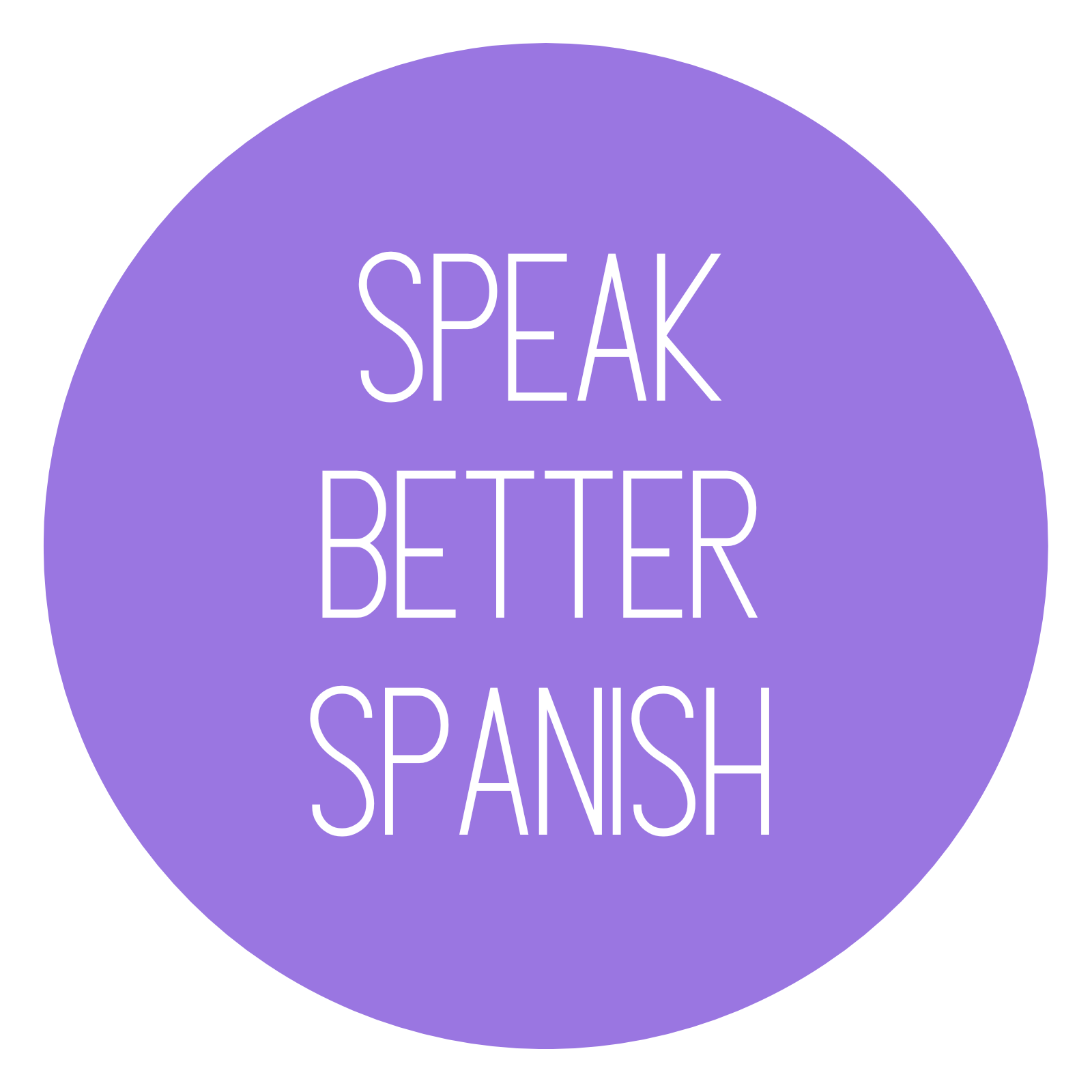If you’re learning Spanish, especially Mexican Spanish, you may have come across expressions like “Híjole,” “Ándale,” and “Órale.” These words might not have direct English translations, but they’re essential for understanding everyday conversations in Mexico. In this post, we’ll break down each of these expressions, provide examples, and explain the emotions or meanings behind them. By the end, you’ll be able to use these phrases naturally and impress your Spanish-speaking friends!
What Does “Híjole” Mean in Mexican Spanish?
Híjole is a popular Mexican Spanish expression used to convey surprise, excitement, or concern. It’s a bit like saying “Oh my gosh!” or “Wow!” in English. The meaning changes slightly based on the tone and context, making it a versatile expression.
When to Use “Híjole”
- Surprise or Amazement
When someone tells you something unexpected or impressive, you can respond with Híjole to show your surprise.Example:- Juan: “I finished my project in just three days!”
- María: “Híjole, that’s fast! You must be exhausted.”
- Concern or Sympathy
Híjole can also be used to show concern when hearing bad news or something unfortunate.Example:- Pedro: “I don’t think I’ll make it to the meeting on time. Traffic is horrible.”
- Ana: “Híjole, I hope you get there soon!”
Tip: Practice using Híjole to express surprise or sympathy. It’s a great way to connect with native speakers and show understanding.
How to Use “Ándale” in Mexican Spanish
Ándale is another common expression in Mexican Spanish, with a range of meanings. You can use it to encourage someone, urge them to hurry, or even express approval. In English, Ándale can translate to “Come on,” “Let’s go,” or “Go ahead.”
Different Meanings of “Ándale”
- Encouragement
If a friend is hesitating or needs a little boost, Ándale is the perfect word to encourage them.Example:- Luis: “I’m not sure if I should try that new hobby.”
- Carlos: “Ándale, you’ll be great at it!”
- Urgency or Hurry
When you need someone to speed up, Ándale is useful for expressing urgency.Example:- Mom to her child: “Ándale! We’re going to be late!”
- Approval or Agreement
Sometimes, Ándale is used to show agreement, like saying “Alright” or “Okay” in English.Example:- Friend 1: “Should we go for dinner now?”
- Friend 2: “Ándale, let’s go.”
Using Ándale in different contexts shows your familiarity with conversational Mexican Spanish.
What Does “Órale” Mean in Mexican Spanish?
Órale is a versatile expression that can convey agreement, excitement, or even disbelief. It’s similar to saying “Wow!” “Alright!” or “Let’s do it!” in English, depending on the situation.
Situations for Using “Órale”
- Excitement or Enthusiasm
If someone shares exciting news, Órale is a great way to respond enthusiastically.Example:- Maria: “We won the soccer match!”
- Sofia: “Órale! That’s amazing!”
- Disbelief
Órale can also express disbelief, like saying “No way!” in English.Example:- Luis: “I just got concert tickets for free.”
- Ana: “Órale, that’s incredible!”
- Approval or Agreement
Like Ándale, Órale can show agreement or approval, often used when making plans.Example:- Friend 1: “Want to grab a coffee?”
- Friend 2: “Órale, let’s go!”
How to Practice Using Mexican Spanish Expressions
If you want to sound natural when speaking Mexican Spanish, practicing these expressions is essential. Try using Híjole when reacting to surprising news, Ándale to encourage friends, and Órale when you’re excited or in agreement. Listening to Mexican shows, movies, or music can also help you understand these expressions in real-life contexts. Practice with native speakers, and soon these words will feel natural!
Learn Pronunciation by Watching the Video with Teacher Michael
Quick Recap
- Híjole: Used for surprise, excitement, or concern.
- Ándale: Shows encouragement, urgency, or approval.
- Órale: Conveys excitement, disbelief, or agreement.
Using Híjole, Ándale, and Órale will enhance your fluency in Mexican Spanish and help you understand native speakers better. Add these expressions to your Spanish conversations, and you’ll be surprised at how quickly they’ll become part of your vocabulary!
Our Students Speak (in Spanish)!
Find out why our classes are fun and effective. Check out their comments!

Do you want to see more reviews? Visit us on Google or Facebook to see what our students say.
If you liked this post, explore our other Spanish learning resources, like Professor Michael’s blog on the Spanish alphabet. Stay in the loop with our newsletter and be the first to get more insights like these delivered straight to your inbox!
Have you visited the Speak Better Spanish Youtube channel yet? All your Spanish learning questions are answered here in short videos.





0 Comments